Prototyping at 3 A.M.—Why the Question Even Matters
Picture this: you have a design tweak that just can’t wait until Monday. You could fire off an e-mail to your tooling vendor in Shenzhen, or you could hit “print” on the desktop next to your coffee mug. That split-second choice is where the advantages and disadvantages of 3D printing compared to injection molding stop being academic and start hitting your wallet. Let’s unpack what really separates these two manufacturing workhorses without the glossy brochure speak.
Speed vs. Scale—Where 3D Printing Pulls Ahead
Zero-tooling lead time is the headliner. Once the STL file is sliced, you’re layering plastic within minutes; no hardened-steel mold needs to be machined, heat-treated, and polished. For low-volume runs (think 50–500 units), the cost per part can be way cheaper because you skip the $15 000–$50 000 mold investment. Design iterations? Just tweak the CAD, hit save, and reprint. Oh, and if you need a hollow lattice to shave weight, additive manufacturing laughs at geometries that would make an injection-mold toolmaker cry.
Hidden Perks Designers Love
- Consolidation of multi-part assemblies into one complex component
- On-the-fly customization—serial numbers or customer names baked right in
- Rapid material swaps: TPU today, carbon-fiber nylon tomorrow
So yeah, for prototypes, bridge production, and bespoke medical implants, 3D printing is kinda the superhero. But capes have snag hazards, right?
When Injection Molding Strikes Back—The Scale Economy
Let’s flip the script. Once volumes crest the 1 000-unit mark, the per-part economics of injection molding start to look irresistible. Cycle times are measured in seconds, not hours, and polypropylene pellets cost pennies per gram compared to spooled filament. Surface finish? Class-A gloss straight out of the tool, no acetone-vapor bath required. And if you need living hinges or snap-fits, the molecular alignment you get from high-pressure fill beats any layered structure hands down.
Quality & Repeatability Under the Microscope
Molded parts hold tolerances down to ±0.1 % without breaking a sweat. With 3D printing, variance between prints can sneak up on you—especially when the humidity in your garage swings 20 %. For regulated industries (hello, FDA), that statistical predictability isn’t just nice; it’s mandatory.
The Middle Ground—Hybrid Workflows Nobody Talks About
Here’s the kicker: you don’t have to pick sides. Savvy ops teams use printed inserts for injection molds, cutting lead times by 70 %. Others prototype in PLA to validate snap geometry, then jump straight to aluminum tooling for 5 000-unit pilot runs. The advantages and disadvantages of 3D printing compared to injection molding blur fastest when you treat them as complementary, not competing, technologies.
Cost Matrix—Let the Numbers Speak
| Quantity | 3D Printing Cost per Unit (USD) | Injection Molding Cost per Unit (USD) |
|---|---|---|
| 50 | $8.00 | $308.00 (amortized mold) |
| 1 000 | $8.00 | $1.08 |
| 10 000 | $8.00 | $0.58 |
Notice the crossover around 800–1 200 units? That sweet spot shifts left if your part geometry is chunky (more material, higher print time) or right if the mold is simple aluminum instead of hardened steel.
Environmental Footprint—Not as Black & White as the Resin
3D printing fans love to tout “additive means no waste,” yet support structures and failed prints can pile up. On the flip side, injection molding generates sprues and runners, but those can be reground and re-melted with near 100 % efficiency. Don’t forget shipping: localized 3D hubs cut transport emissions, whereas centralized molders benefit from optimized kilowatt-per-kilogram metrics. Bottom line—energy per part drops with volume in molding, while additive stays relatively flat.
Skill Set & Supply Chain—The Human Factor
Running an FDM printer in your basement? Pretty chill. Managing a 200-ton press with hot-runner valves? That requires trained technicians, safety gates, and a maintenance schedule that would make an airline blush. If your workforce is already machining metal, molding is a logical stretch. If you’re a startup of two guys and a dog, the learning curve for filament printers is definitely more forgiving—just don’t forget to level that build plate, capisce?
Future-Proofing—Where Are We Heading?
High-speed sintering and multi-jet fusion are pushing additive cycle times under the 30-second mark, nibbling at molding’s territory. Meanwhile, ultra-low-cost aluminum molds coupled with on-demand “cloud” injection services are pulling molding into prototype territory. The advantages and disadvantages of 3D printing compared to injection molding five years from now? Probably a lot blurrier than today.
Key Takeaways Without the Sales Pitch
- Choose 3D printing when volumes are low, geometries are gnarly, or time is your scarcest resource.
- Choose injection molding when you need glossy Class-A parts in the thousands or higher.
- Remember hybrid options: printed inserts, rapid aluminum tooling, or even printed molds for short-run molding.
- Track the break-even quantity; it’s usually lower than you think once you factor in logistics.
Make the call based on real numbers, not Twitter hype, and you’ll dodge expensive “oops” moments. Because at the end of the day, the best manufacturing process is the one that ships on time, on budget, and without a single customer complaint—ain’t that the truth?
continue reading
Related Posts
Why ABS Still Dominates High-Volume Manufacturing Walk through any electronics
Picture this: you’re staring at a quote for a new
Ever Wondered How Tiny Medical Screws Hit 0.01 mm Tolerance?
